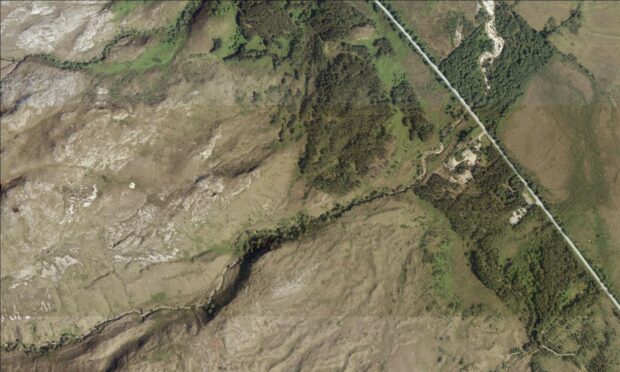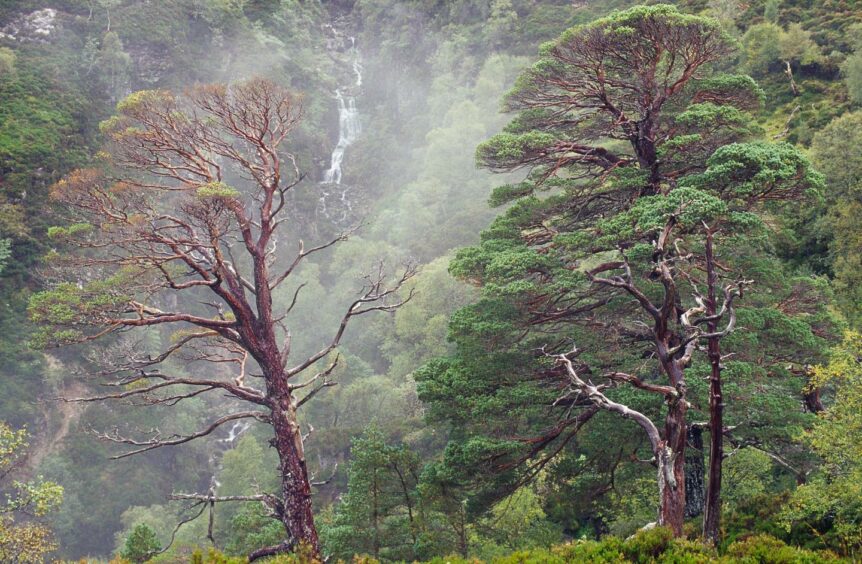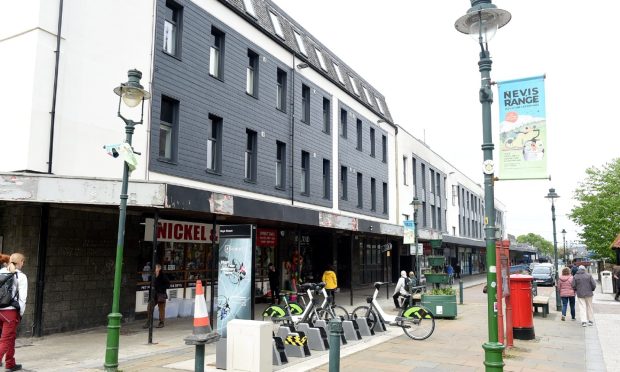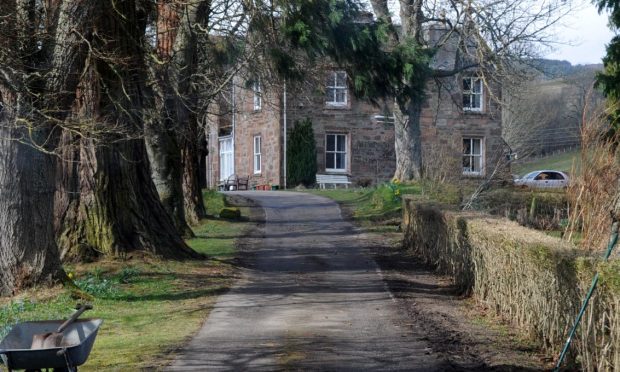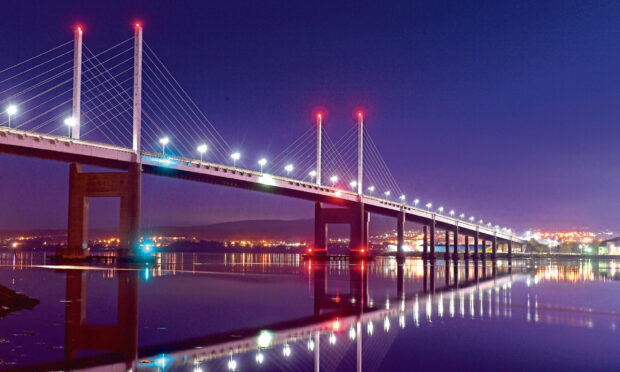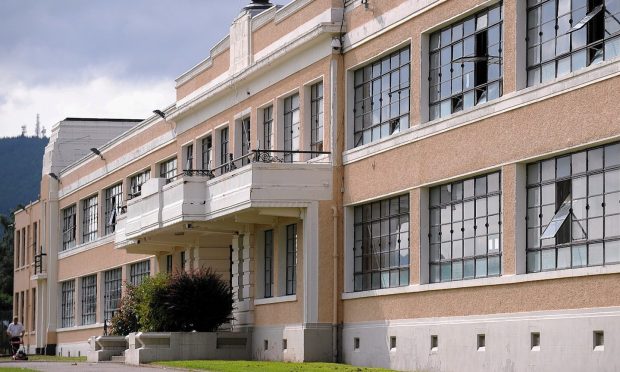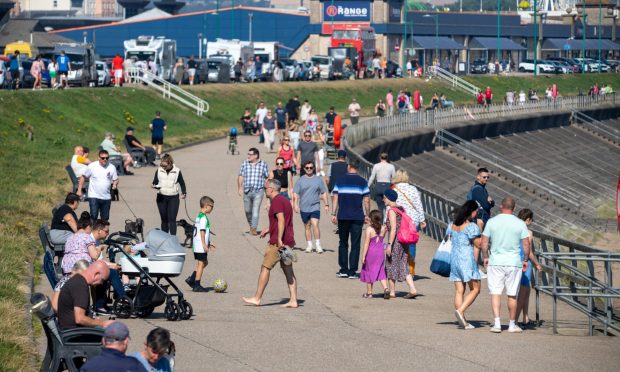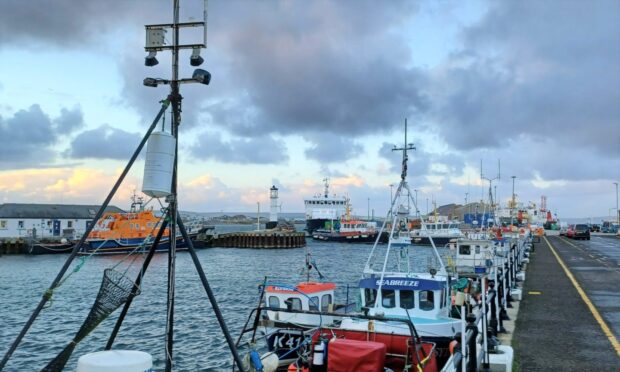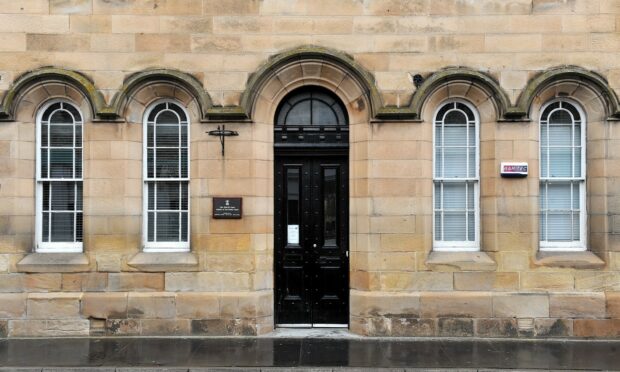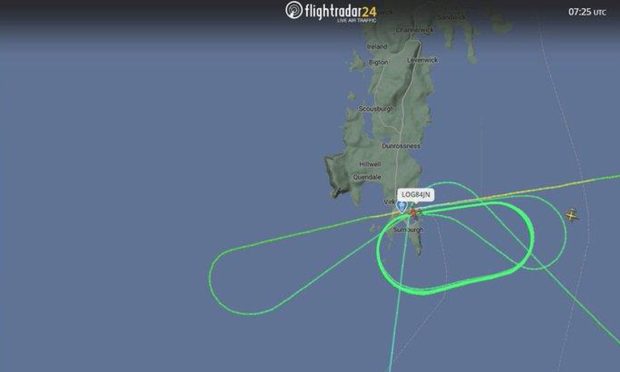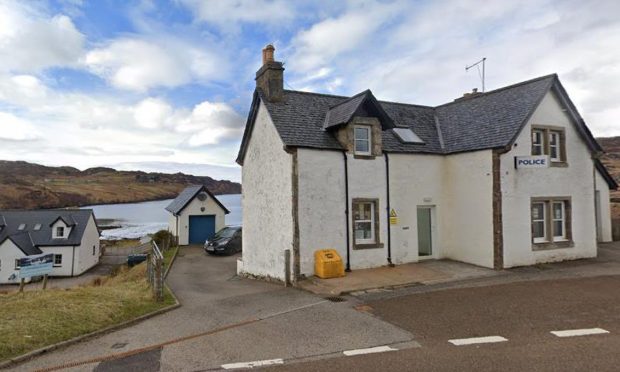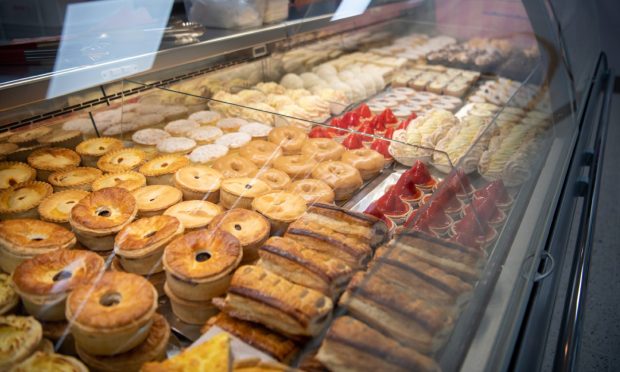Long-term tree planting has increased one of Scotland’s most expansive areas of natural woodland by 41%, which will help combat climate change.
According to NatureScot, woodland cover at the Beinn Eighe National Nature Reserve (NNR) in Wester Ross has increased from 390 acres to 551 acres.
Woodland cover at the reserve has increased by 41%. Tree-planting has been ongoing since the site was the first of its kind to be established in 1951.
The expanded woodland now allows animals to travel freely between the new growth and the ancient forests.
Around 800,000 trees have been planted in 70 years, with the majority being species such as birch, aspen, holly, rowan and oak.
Seeds are taken from the site and grown in a tree nursery to preserve the locality of the species and prevent invasive species from taking over.
NatureScot has been planting trees at a rate of 20,000 per year and is one of the ways to help combat climate change.
It also helps generate biodiversity in selected woodland areas that lack tree variety and expand habitats for the local wildlife.
800,000 trees planted over 70 years.
Tree-planting also helps limit the impact of natural phenomena such as flooding and heatwaves on the landscape.
The last phase of tree-planting will finish at the end of 2022, and in the future human interference will be kept to a minimum at the site to allow for natural growth.
Some experts argue that leaving the environment to grow naturally will allow for more successful development of habitats for plants and animals.
Doug Bartholomew, Beinn Eighe’s NNR manager, said: “The planted woodlands now link together all the fragments of ancient woodland on the nature reserve, creating a much more resilient environment for wildlife and to help combat climate change.
“For the next 70 years, our vision is to see the wood expand even more through natural processes, with a flourishing western pinewood supporting a range of healthy habitats and a rich variety of species.”
